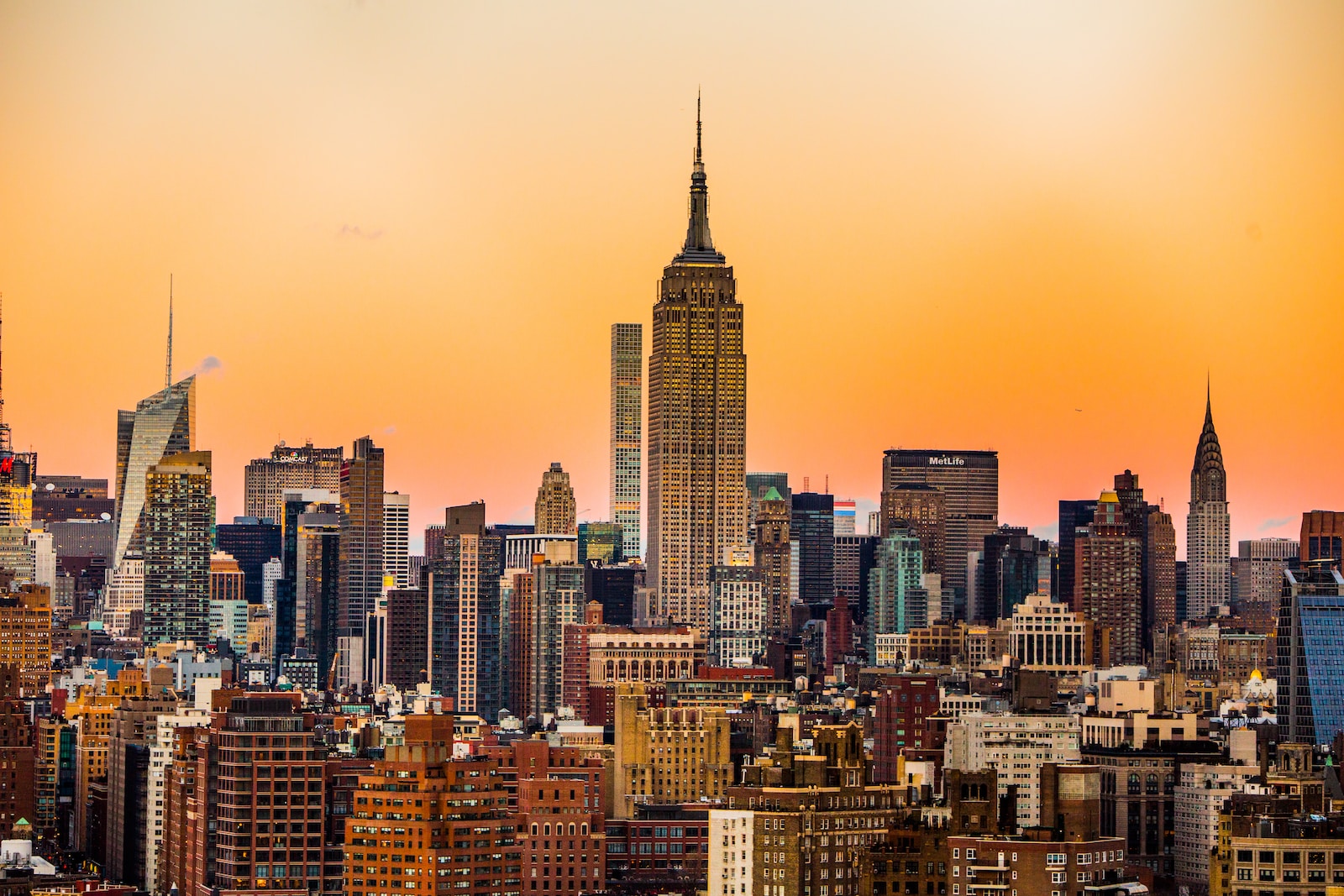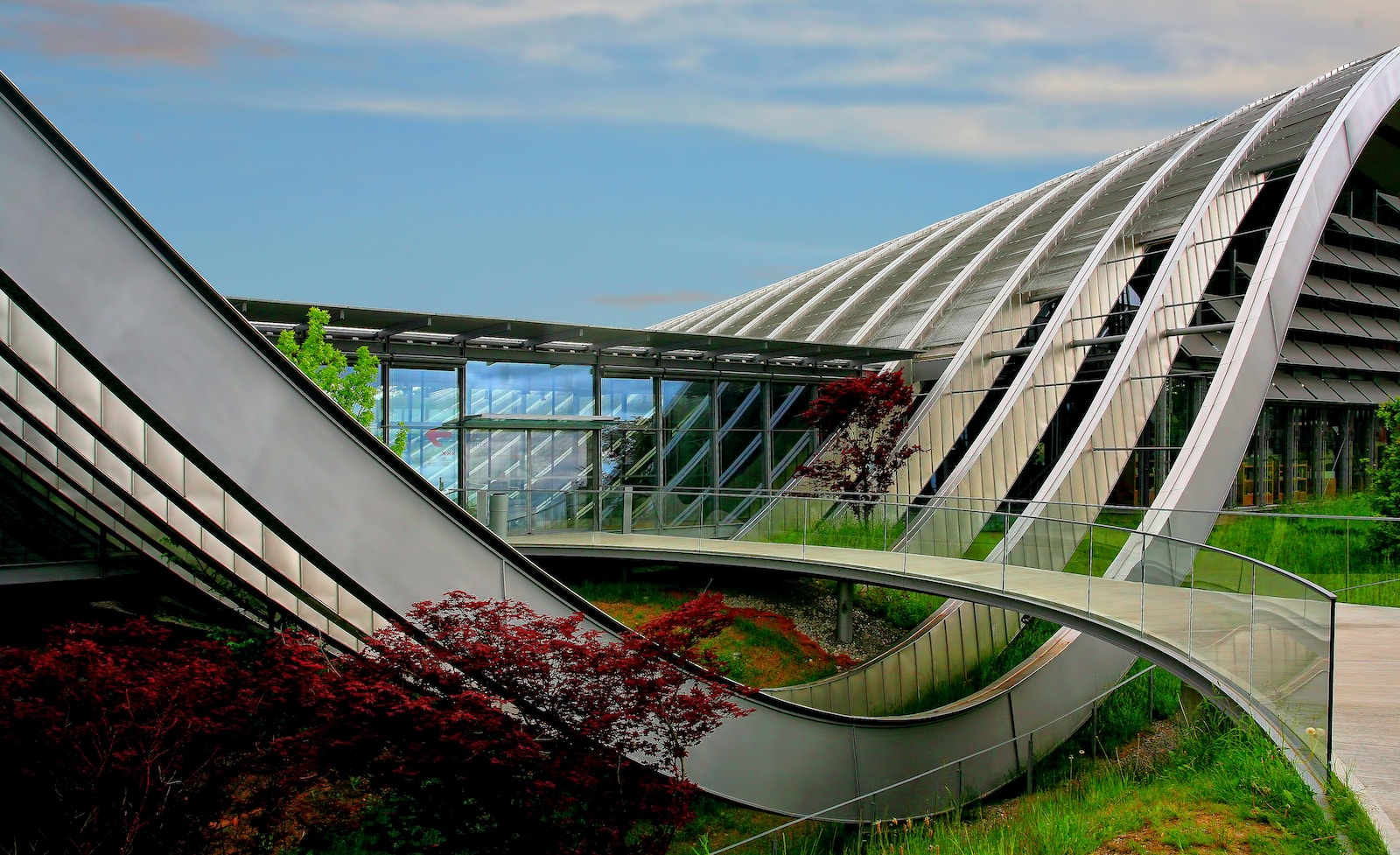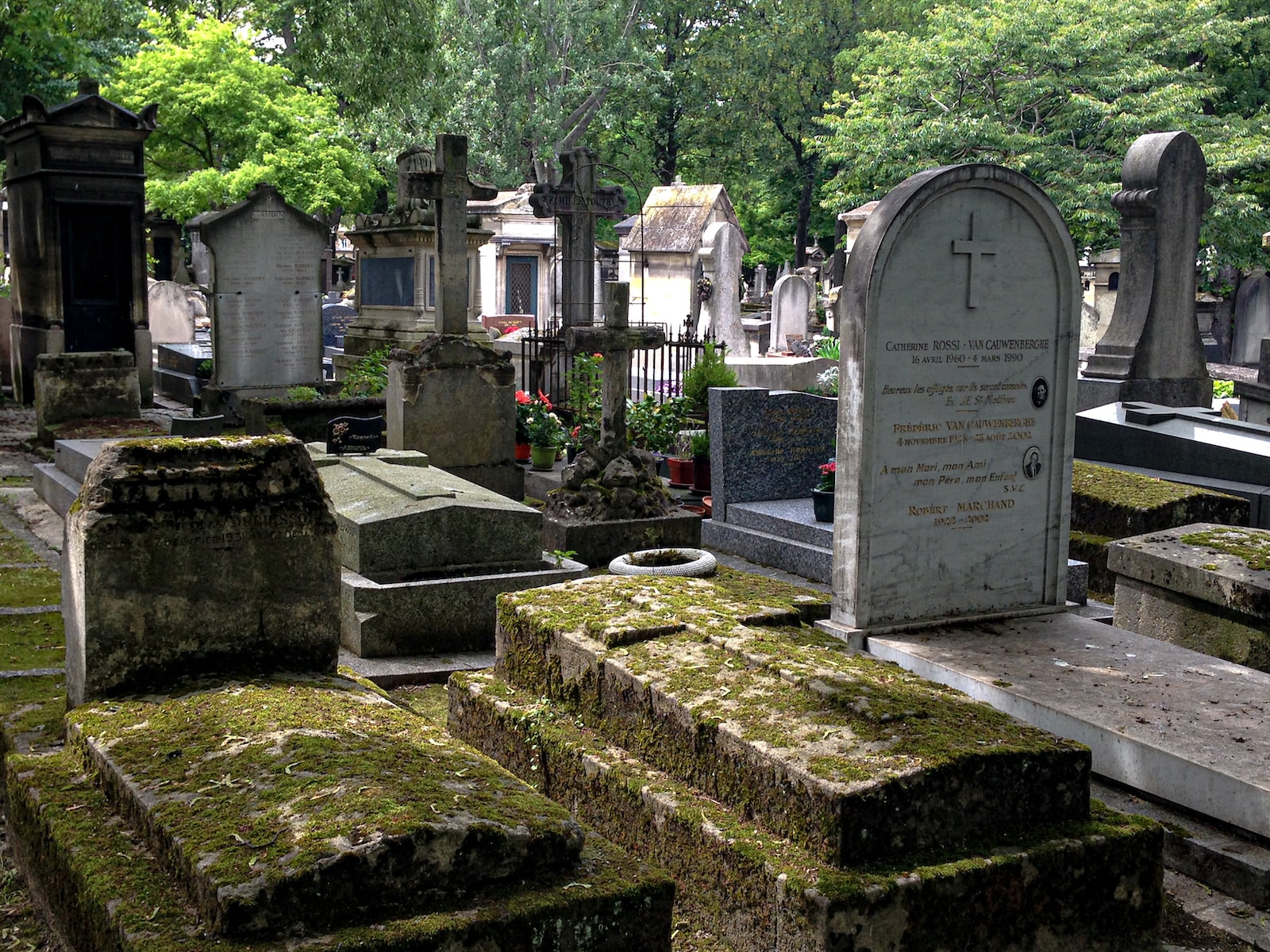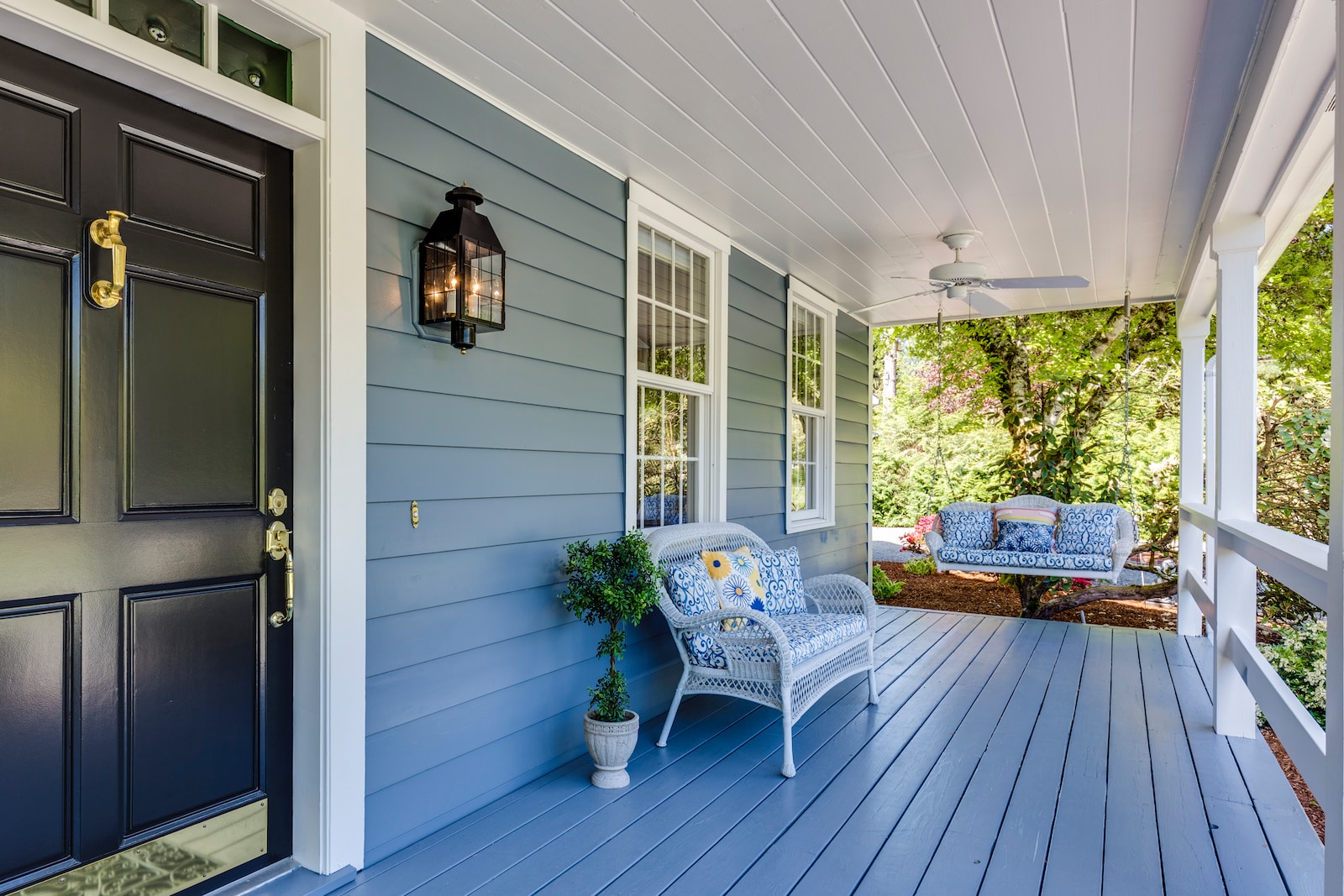Welcome to Capturing the Jewel of the Night: City Skylines! This blog is your ultimate guide to capturing jaw-dropping cityscapes through the art of night photography. Discover the secrets of long exposure techniques, learn about the essential equipment you need, and gain valuable tips on composition. Whether you’re a beginner or a seasoned photographer, this blog will inspire you to take your cityscape photography to new heights. Get ready to unlock the beauty of city skylines and create stunning images that leave a lasting impression.
Table of Contents
- The Power of Long Exposure
- Nighttime Storytelling Through Photography
- Capturing the Jewel of the Night: City Skylines
- Frequently Asked Questions
- 1. What is cityscape photography?
- 2. What are the best camera settings for night photography?
- 3. How important is long exposure in cityscape photography?
- 4. What equipment do I need for cityscape photography at night?
- 5. How can I improve the composition of my cityscape photographs?
- 6. How can I choose the best locations for cityscape photography?
- 7. What are some tips for post-processing cityscape images?
- Wrap Up
The Power of Long Exposure
Long exposure photography is the key to capturing the mesmerizing beauty of city skylines at night. By using longer shutter speeds, you can capture stunning light trails from moving cars and create a sense of motion in your images. Experiment with different exposure times to achieve the desired effect and make your cityscapes come alive.
Essential Equipment for Night Photography
To capture the perfect city skyline shot, you’ll need the right equipment. Make sure to invest in a sturdy tripod to eliminate camera shake during long exposures. Additionally, a wide-angle lens will allow you to capture more of the cityscape in a single frame. Don’t forget spare batteries and memory cards to avoid missing out on those unforgettable moments.
Composition Tips to Enhance Your Cityscapes
Incorporating strong compositional elements can take your cityscape photography to the next level. Consider using leading lines to draw the viewer’s eye into the image, such as roads or rivers. Experiment with different angles and perspectives to add depth and dimension to your photos. Don’t be afraid to step outside the box and unleash your creativity to create unique and captivating cityscapes.
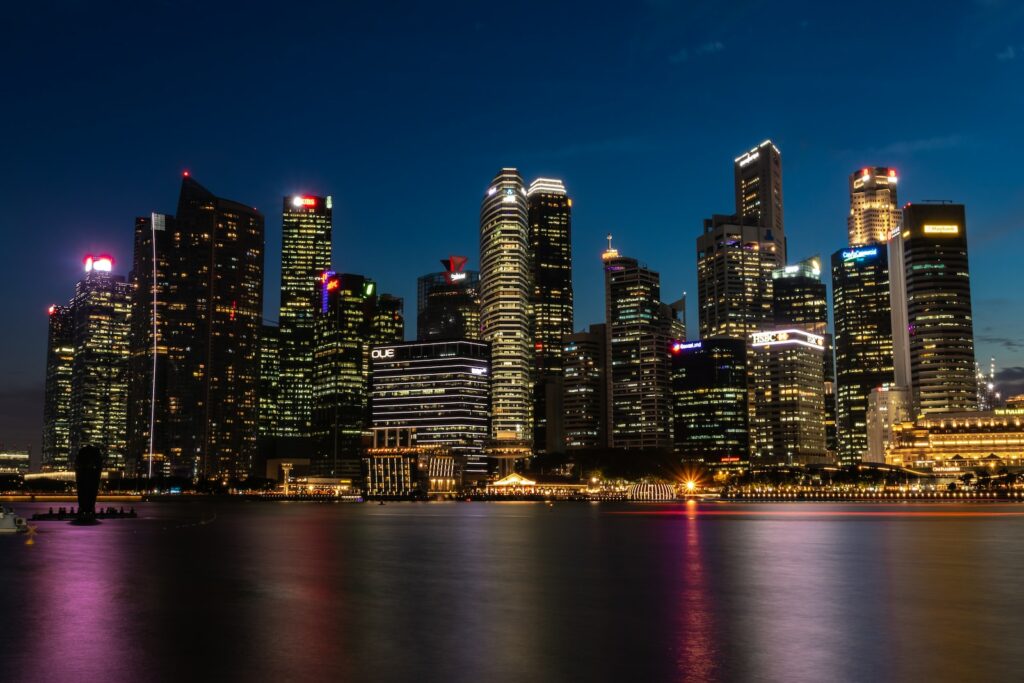
Nighttime Storytelling Through Photography
Cityscapes offer a canvas for telling captivating stories through photography. Capture the energy and essence of a bustling city at night by focusing on unique landmarks or architectural features. Experiment with different lighting conditions and atmospheric effects, such as reflections on wet streets or rays of light piercing through fog. Each city has its own story, waiting to be told through your lens.
Unveiling the Beauty of Urban Landscapes
Cityscapes are not just about capturing the skyline; they also showcase the beauty of urban landscapes. Zoom in on interesting details, such as intricate architecture or vibrant street life. Experiment with different exposure settings to balance the artificial city lights with the natural beauty surrounding them. Urban landscapes offer endless opportunities for creativity and exploration.
The Magic of Golden Hour and Blue Hour
Timing is everything in cityscape photography. The golden hour, shortly after sunrise and before sunset, bathes the city in warm, enchanting light. The blue hour, just before sunrise and after sunset, fills the sky with deep shades of blue, contrasting beautifully with the city lights. These magical hours provide the perfect backdrop for capturing stunning cityscapes and adding a touch of dreaminess to your images.
Did you know that the world's most photographed city is New York City? With its iconic skyline and endless photographic opportunities, it comes as no surprise that the Big Apple takes the top spot.
Capturing the Jewel of the Night: City Skylines
Welcome to “Capturing the Jewel of the Night: City Skylines,” your go-to resource for mastering the art of cityscape photography. In this blog, we will delve into the intricacies of night photography, long exposure techniques, and explore the best ways to capture stunning cityscapes that leave viewers mesmerized.
The Beauty of Cityscape Photography
There is something mesmerizing about cityscapes at night. The dazzling lights, bustling streets, and towering skyscrapers create a visual feast for the eyes. Cityscape photography allows us to freeze these captivating moments, preserving them for eternity. By mastering the art of capturing city skylines at night, you have the power to create jaw-dropping and breathtaking images that will truly captivate your audience.
The Magic of Night Photography
Night photography offers a unique opportunity to unleash your creativity and capture scenes that are transformed by darkness. The interplay of artificial lighting, contrasting shadows, and vibrant colors create a visually striking atmosphere that can’t be replicated during the day. By venturing into the night, you open up a world of possibilities for artistic expression.
Mastering Long Exposure Techniques
Long exposure photography is key to capturing stunning city skylines at night. By extending the shutter speed, you can transform the lights of a city into mesmerizing streaks. This technique adds a sense of motion and dynamism to your images, making them stand out from the crowd. Throughout this blog, we will share essential tips and techniques to help you master long exposure photography and create images that evoke the energy and charm of the city at night.
Recommended Equipment for Night Photography
To capture cityscapes at night, you’ll need a few essential pieces of equipment. Firstly, a sturdy tripod is crucial to ensure your camera remains stable during long exposures. Additionally, a wide-angle lens allows you to capture the vast expanse of city skylines. Finally, a remote shutter release or a built-in timer will help avoid any camera shake when pressing the shutter button.
Compositional Tips for Breathtaking Cityscapes
Composition plays a vital role in capturing stunning cityscapes. By incorporating elements such as leading lines, reflections, and foreground interest, you can create visually compelling images that draw the viewer’s eye into the scene. We will discuss various compositional techniques that will elevate your cityscape photography to new heights.
So whether you’re a seasoned photographer looking to expand your skill set or a beginner eager to capture the glory of city skylines at night, “Capturing the Jewel of the Night: City Skylines” is here to guide you every step of the way. Get ready to unlock the secrets of night photography, master long exposure techniques, and unleash your creativity to capture the magic of cityscapes at night! Stay tuned for our upcoming articles providing in-depth tutorials and helpful insights!

Frequently Asked Questions
1. What is cityscape photography?
Cityscape photography is a genre of photography that focuses on capturing the skyline and urban landscape of a city. It involves capturing the architectural beauty, unique landmarks, and vibrant lights of a cityscape.
2. What are the best camera settings for night photography?
For night photography, it is recommended to use a tripod and set your camera to manual mode. Use a low ISO (such as 100 or 200) to reduce noise, a wide aperture (around f/8 or wider) for greater depth of field, and a slow shutter speed (often several seconds or longer) to capture the city lights and create beautiful light trails.
3. How important is long exposure in cityscape photography?
Long exposure photography is vital in cityscape photography as it allows you to capture the motion and light trails of moving cars and other elements. It adds a sense of dynamism and creates stunning visual effects, enhancing the overall impact of your night cityscape images.
4. What equipment do I need for cityscape photography at night?
For cityscape photography at night, it is essential to have a sturdy tripod to keep your camera steady during long exposures. Additionally, a wide-angle lens (such as 16-35mm) is ideal for capturing expansive cityscapes. You may also want to consider using filters, a remote shutter release, and a flashlight for better control and creativity.
5. How can I improve the composition of my cityscape photographs?
To enhance the composition of your cityscape photographs, look for strong leading lines such as roads, bridges, or architectural elements. Incorporate foreground interest to add depth and create a sense of scale. Utilize the rule of thirds, experiment with different angles and perspectives, and pay attention to framing and balancing elements within the frame.
6. How can I choose the best locations for cityscape photography?
Researching and scouting locations in advance is crucial for capturing the best cityscape photographs. Look for elevated positions, viewpoints, or iconic landmarks that offer breathtaking city views. Explore different vantage points during the day and consider visiting during golden hour or blue hour when the city lights start to glow.
7. What are some tips for post-processing cityscape images?
During post-processing, use software like Adobe Lightroom or Photoshop to enhance your cityscape images. Adjust the exposure, contrast, and colors to convey the atmosphere of the scene. Remove any unwanted distractions, straighten horizons, and sharpen the details. Experiment with different presets and techniques while maintaining a natural and realistic look.
Wrap Up
Capturing the Jewel of the Night: City Skylines showcases the enchanting beauty of cities after sunset. Through long-exposure techniques, you can capture stunning cityscapes that will leave anyone in awe. Remember to use a sturdy tripod and experiment with different exposure times to achieve the desired effect. Don’t forget to consider the composition and framing to create visually striking images. Whether you’re an aspiring photographer or a seasoned pro, this blog provides valuable tips and tricks for achieving jaw-dropping night cityscape photography. So, grab your camera, head out into the city, and let your creativity shine! Don’t hesitate to leave a comment below and share your own experiences and insights. Happy shooting!
